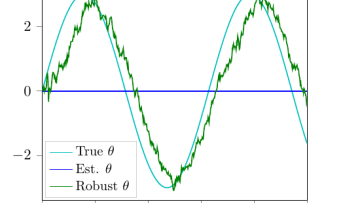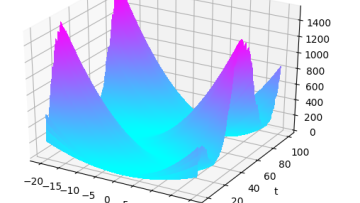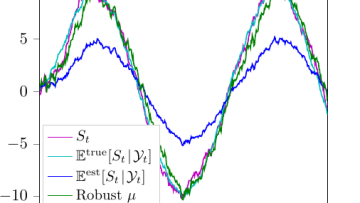Background
The RON test is an engine test that is used to measure the research octane number (RON) of a gasoline. It is a parameter that is set in fuels specifications and is an indicator of a fuel to partially explode during burning rather than burn smoothly.
The efficiency of a gasoline engine is limited by the RON value of the fuel that it is using. As the world moves towards lower carbon, predicting the RON of a fuel will become more important.
Typical market gasolines are blended from several hundred hydrocarbon components plus alcohols and ethers. Each component has a RON value and therefore, if the composition is known then the RON can be calculated. Unfortunately, components can have antagonistic or complimentary effects on each other and therefore this needs to be taken into account in the calculation.
Several models have been produced over the years (the RON test has been around for over 60 years) but the accuracy of the models is variable. The existing models are empirically based rather than taking into account the causal links between fuel component properties and RON performance.
Opportunity
BP has developed intellectual property regarding the causal links and we need to know if these can be used to build a functional based model. There is also an opportunity to build a better empirically based model using data on individual fuel components (previous models have grouped similar components to lessen the computing effort)




